All-In [29873]
TigerPulse: 100%
Posts: 8843
Joined: 10/31/10
|
Military Pron - The Pacific War (6 of ?)

11

11
Oct 3, 2023, 3:08 PM
|
|
The last time we were in the Pacific, it was in the early 1920’s



And there was a new arms treaty, a new canal, and some new-fangled flying contraptions.
Like a plane with 5 wings.
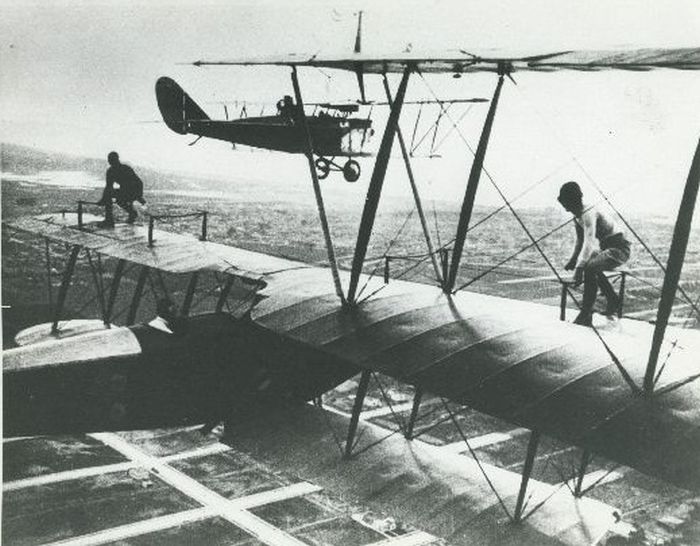
Or an airborne tennis court.

Sky poker.
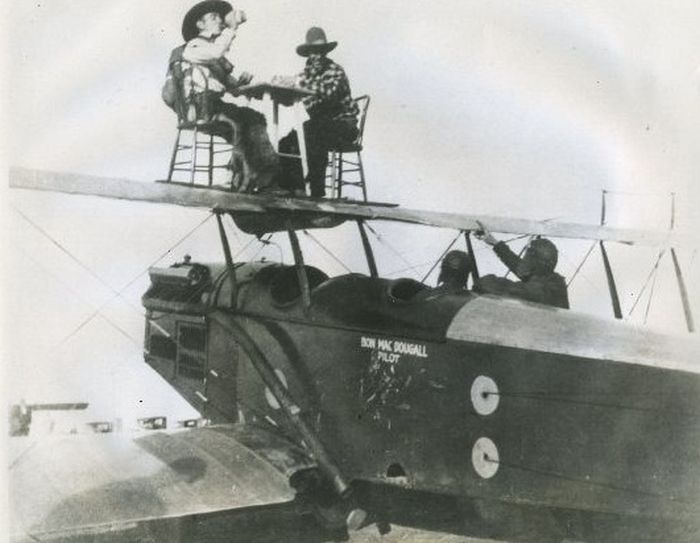
And air surfing. It was a great time to be alive.
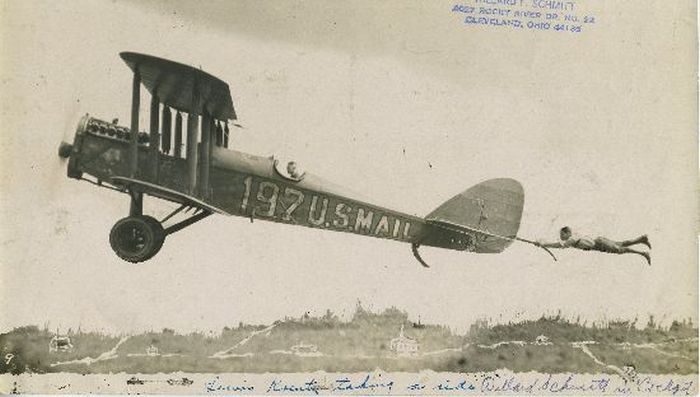
And a time for friends and allies to celebrate peace.
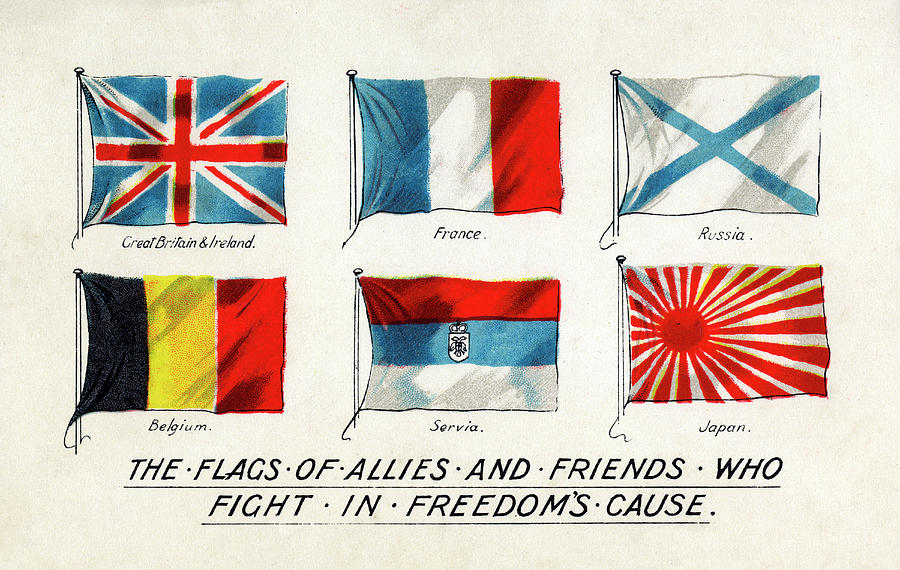
But even in the Roaring Twenties, a few people saw the writing on the wall.

Japan was still pixxed over the 1922 Washington Treaty 5:5:3 ratio, but they got some ex-German Pacific islands, and some shipbuilding capacity of their own to soothe the sting.
A Japanese ship being built.
Crucially, though, the Washington Treaty of 1922 did not cover was construction capacity. And the Japanese were well aware that America had an enormous advantage over them.
6 American ships being built. New York Shipyard.
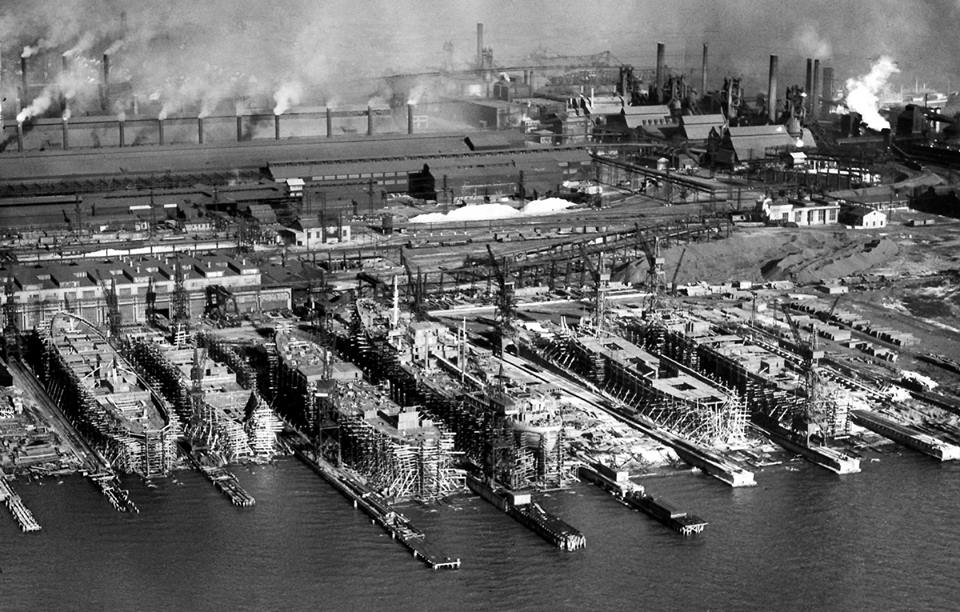
Newport News, VA Shipyard; 6 more ships under construction

San Francisco Shipyard. Still more ships under construction.

In addition to America’s overwhelming industrial capacity, the new Panama Canal greatly complicated Japanese war planning. Now, they could no longer count on destroying the American Navy piecemeal. America could very quickly consolidate her navy on either the East, or West, coast.
USS South Carolina in 1922, BB-26, from the Atlantic Fleet

Plus Japan, being an island, bought virtually all of her war materials; copper, steel, oil, etc., from America. Between 75 and 90 percent of those materials. Why would someone bite the hand that fed them? War was pretty unlikely.

So the 1920’s were a time of relative peace. And since the 1922 Treaty put a 10-year ban on battleship construction, it was a lasting peace.
Nations with battleships already under construction could finish them as something else, or just scrap them. The USS South Carolina was turned over to the torch in 1924.
As was the USS Delaware, and many others. Beating swords into plowshares.
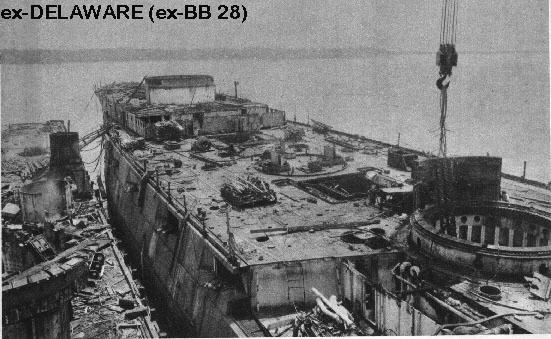
Need a pair of 15” guns?
Or a motor for your boat? It’s just headed for the trash heap unless someone wants it.
But the Treaty wasn’t frivolously wasteful. Remember, you could always finish your ex-battleshship as something else. So why throw away a completely fine hull like this?

So, the unfinished Japanese battleships Akagi and Kaga became the fleet carriers Akagi and Kaga.
IJN Akagi

IJN Kaga

And the unfinished American battleships Saratoga and Lexington became the fleet carriers Saratoga and Lexington.
USS Lexington, CV2
_at_anchor_1938.jpg)
USS Saratoga, CV3

America and Japan also had one experimental carrier each from the late teens.
USS Langley, CV1 (a converted coal carrier)
IJN Hosho (with the Japanese Red Baron on deck)
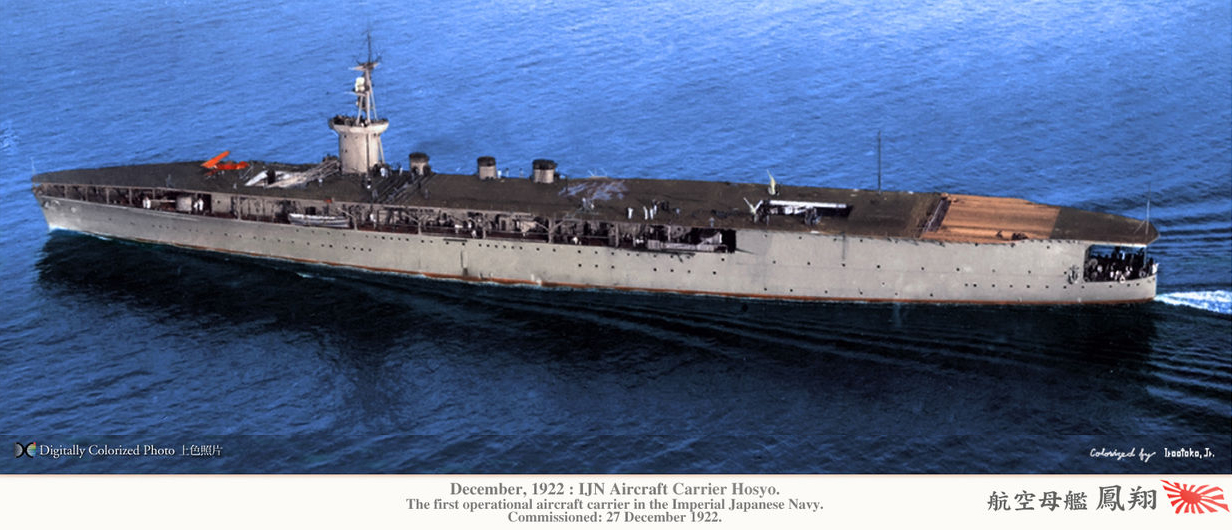
The Langley and the Hosho were too small for combat. But as training beds, they did help to work out the problems inherent in any new technology.

So the carrier match-up in the Pacific in the 1920’s was 3 to3. But what about all those battleships? One of the more surprising things about this time was the amount of information everyone had on each other. It wasn’t as if we were staring out over the Pacific wondering “What they got over there?

We knew exactly what the Japanese had, and that was in part due to the efforts of one man.

No, not really. It was actually Fred Jane, Naval Enthusiast.

Fred loved to play wargames. Except he didn’t want to fight with generic battleships.

He wanted realistic fights with actual replicas, with ship’s actual capabilities.
/pic958257.jpg)
So in 1898, about the time we were taking Manila away from the Spanish, he began cataloging all the world’s navies. Every. Single. Combat. Ship.

And in a few years, his company, and his product, “Jane’s Fighting Ships,” became the world standard in naval information about your possible future enemies.

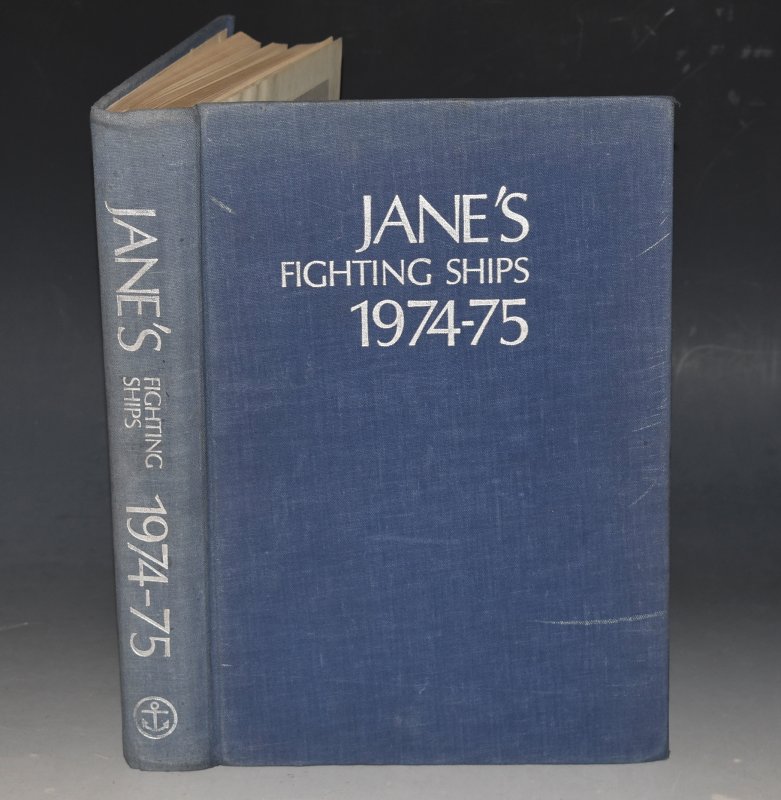
Need information on the Argentinian Navy in 1914? Fred Jane can help.

Got an itch to know all about German cruisers in 1909? Fred Jane can help.

Curious about American aircraft carriers in 1942? Fred Jane can help.

The Swiss had a 1-ship navy to protect Lake Geneva? Who knew? Fred Jane knew.

Even Clemson’s Cooper Library had a nice collection of Janes’ when I was there in the 80’s and 90’s.

I was even TA in a class with Jennifer Hamilton. Didn’t help. ☹

Danny knew football, but Fred Jane knew combat ships.
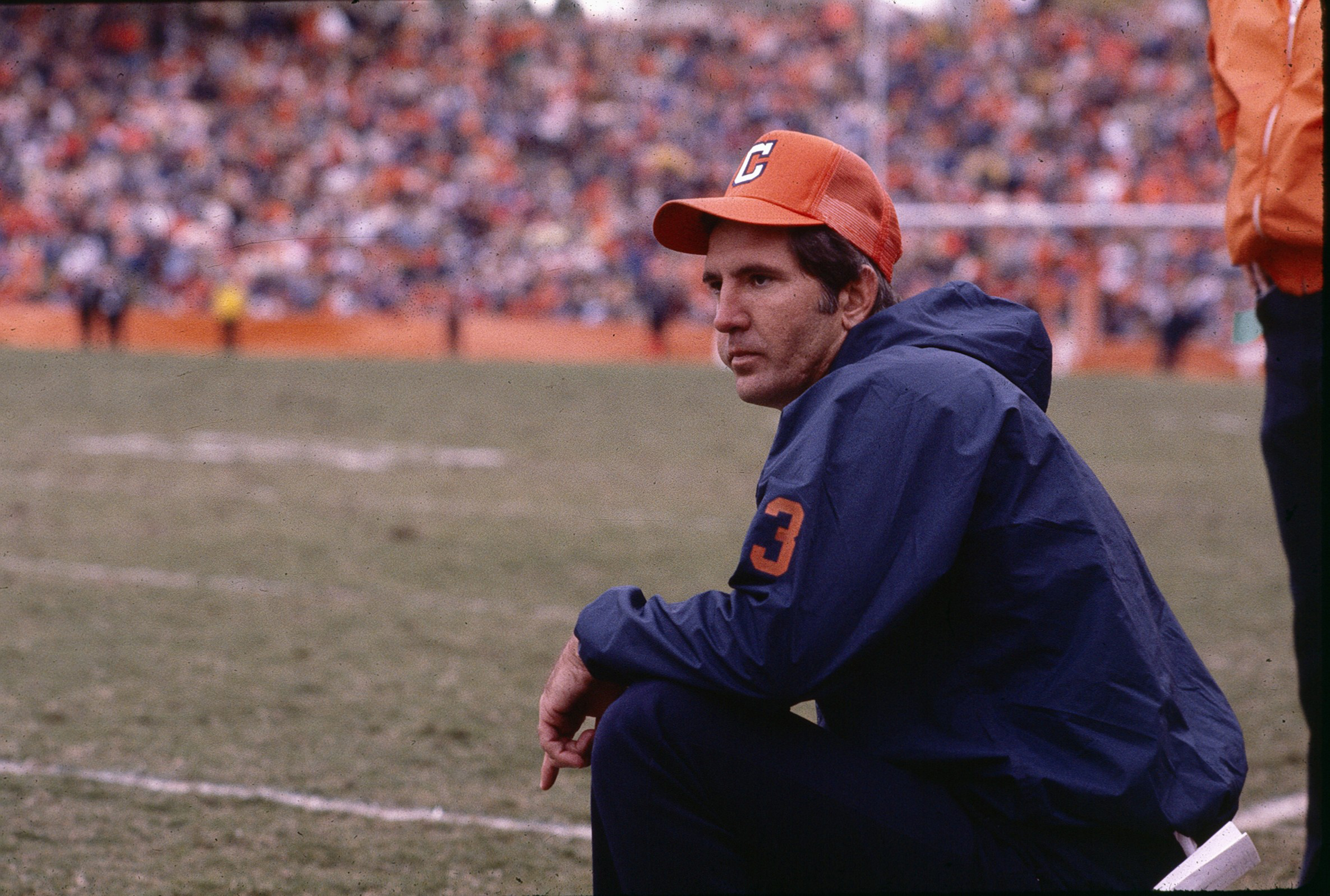
And Fred didn’t stop with silhouettes and pretty pictures. He told you everything there was to know about every specific ship. How much armor it had, guns sizes, hull length, tonnage, engines, crew, even where a nations naval shipyards and primary ports were. Good grief.
So, if I had a need to say, bomb Japan in 1920, I knew where their 4 primary shipbuilding centers were: in Tokyo/Yokosuka, Maizuru, Kure, and Sasebo. Thanks to Fred.

The Imperial Japanese Navy showing off at sea, 1925

According to the 1929 edition of Jane’s (linked at end), We had 10 naval construction ports, and another 11 naval stations, and 4 training centers.
And afloat, we had 3 carriers and 18 battleships, and a lot of cruisers, destroyer, subs, and etc. And we
could build 2, maybe 3, battleships a year at the time.
Our 3 Carriers
CV-1 USS Langley – completed in 1922
CV-2 USS Lexington - 1927
CV-3 USS Saratoga - 1927
Our 18 Battleships
BB-48 USS West Virginia (16” guns) -completed in 1921
BB-46 USS Maryland (16”) -1920
BB-45 USS Colorado (16”) -1921
BB-44 USS California (14”) -1919
BB-43 USS Tennessee (14”) -1919
BB-42 USS Idaho (14”) -1917
BB-41 USS Mississippi (14”) -1917
BB-40 USS New Mexico (14”) -1917
BB-39 USS Arizona (14”) -1915
BB-38 USS Pennsylvania (14”) -1915
BB-37 USS Oklahoma (14”) -1914
BB-36 USS Nevada (14”) -1914
BB-35 USS Texas (14”) -1912
BB-34 USS New York (14”) -1912
BB-33 USS Arkansas (12”) -1911
BB-32 USS Wyoming (12”) -1911
BB-31 USS Utah (12”) -1909
BB-30 USS Florida (12”) -1910
The American top of the line in 1929. The USS Maryland

On the other side of the Pacific, the Japanese had 4 naval construction ports, and 4 naval stations.
And afloat, Japan had 3 carriers and 10 battleships, and a lot of cruisers, destroyer, subs, and etc. And they could build 1, maybe 2, battleships a year at the time.
Their 3 Carriers
IJN Hosho - completed in 1922
IJN Akagi -1927
IJN Kaga -1929
Their 10 Battleships
IJN Mutsu (16” guns) -completed in 1920
IJN Nagato (16”) -1920
IJN Hyuga (14”) -1917
IJN Ise (14”) -1916
IJN Yamashiro (14”) -1915
IJN Fuso (14”) -1914
IJN Kirishima (14”) -1913
IJN Haruna (14”) -1913
IJN Hiyei (14”) -1912
IJN Kongo (14”) -1912
The Japanese top of the line in 1929. The IJN Mutsu.

The Japanese asked for, and got, a special accommodation to not scrap the Mutsu, since she was largely built with donations from schoolchildren. Sweet.

So the carrier count in 1929 was 3 vs 3. And the battleship count was 18 vs 10. And there was the matter of those flying contraptions as well. Fred didn’t do airplanes, but other people, just as crazy as he was, did.
And before there was this…

There was this…
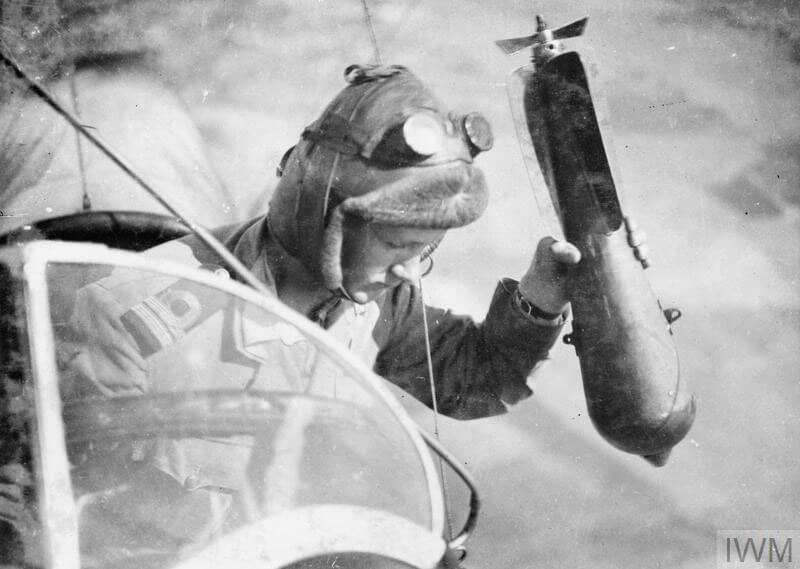
And before there was this…
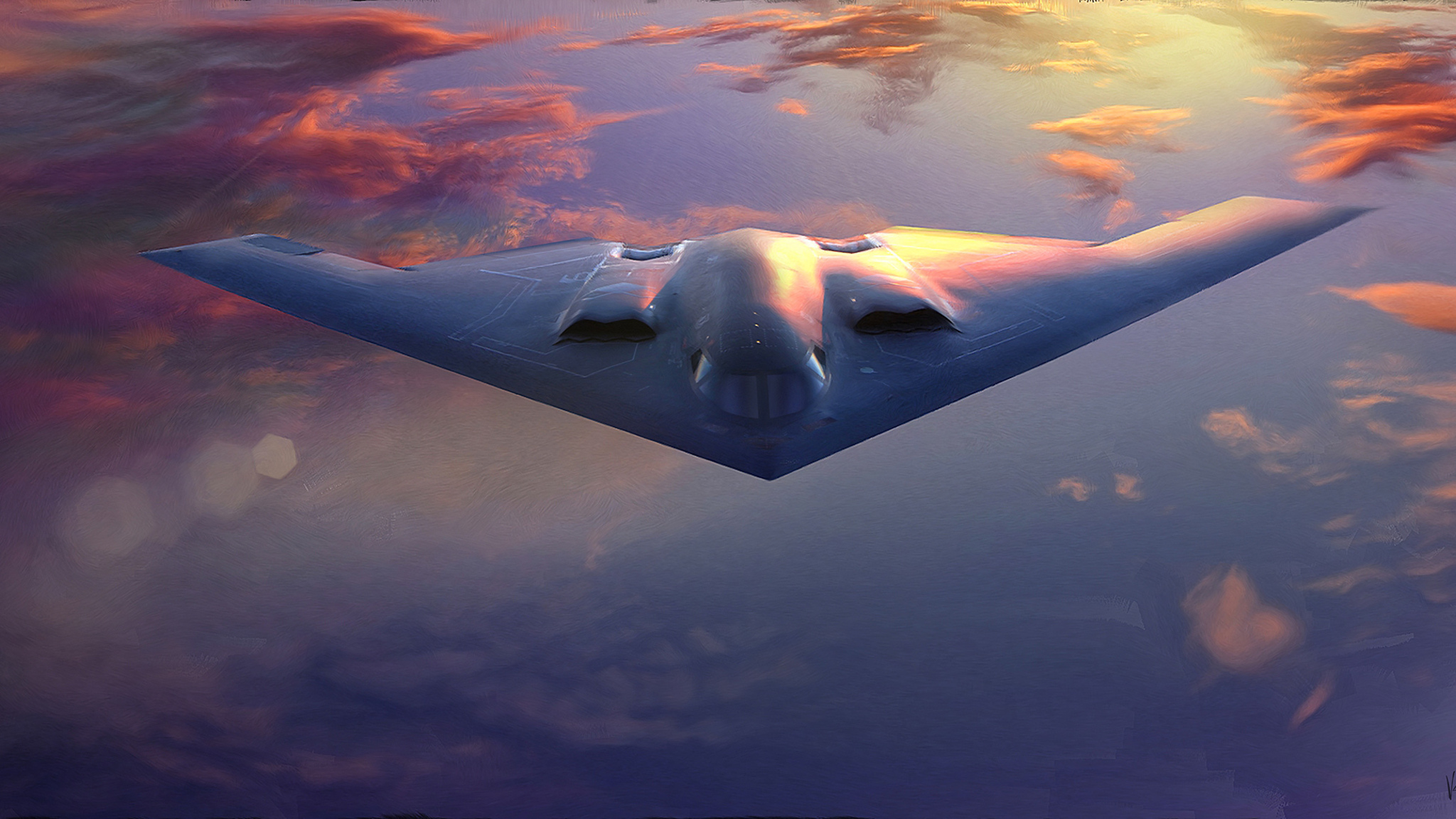
There was this…

And in the late 1920’s in America there was Curtis, and there was Boeing, and there was everyone else.
The Boeing F3B. Top speed: 150 mph.

The Curtis P-6 Hawk. Range: 240 miles.

Curtis even made it into the movies.

And in the late 1920’s in Japan, there was Mitsubishi and Nakajima, and everyone else.
The Mitsubishi 1MF. Top Speed: 130 mph. Range: Wherever 2 ½ hours of gas will take you.

The Nakajima A1N. Top Speed: 90 mph. Basically Interstate driving speed today.
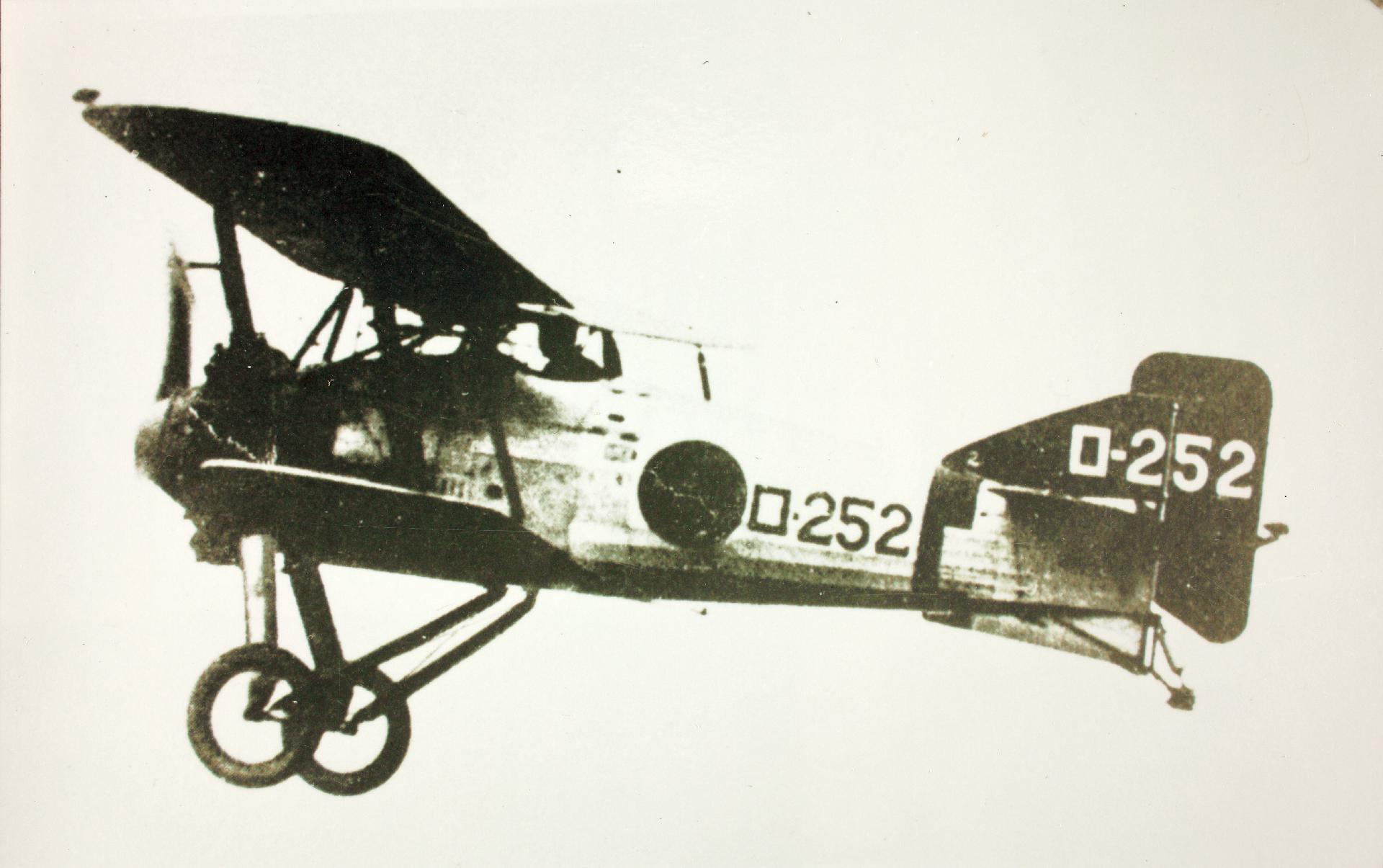
But those primitive flying machines were still potentially very dangerous. And America was ready. No surprises for us. We started practicing early for the very worst.
It was big news. In 1925.

Especially since the attacking bad guys won.

Some hard lessons were learned.


And we weren’t the only ones learning those lessons.


But hey, it’s only the 1920’s. We’ve got plenty of time to fix it. So for now, it’s goodbye 1920’s and hello 1930’s!


.jpg)

_01.jpg)
|
|


